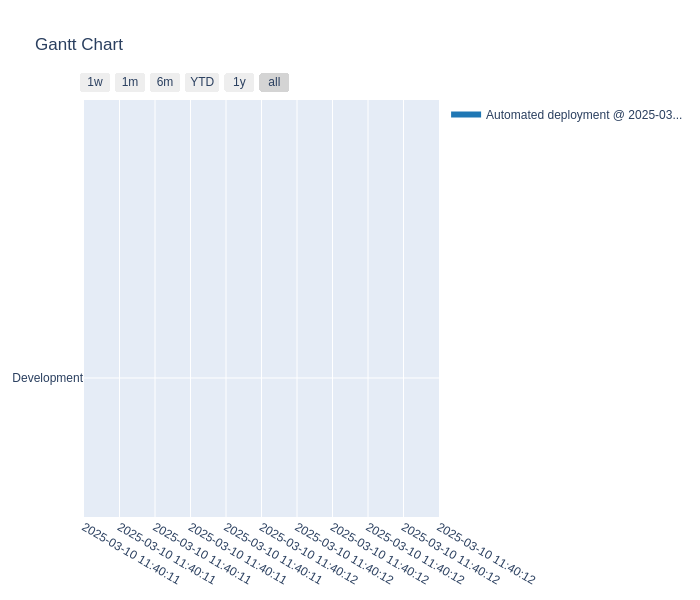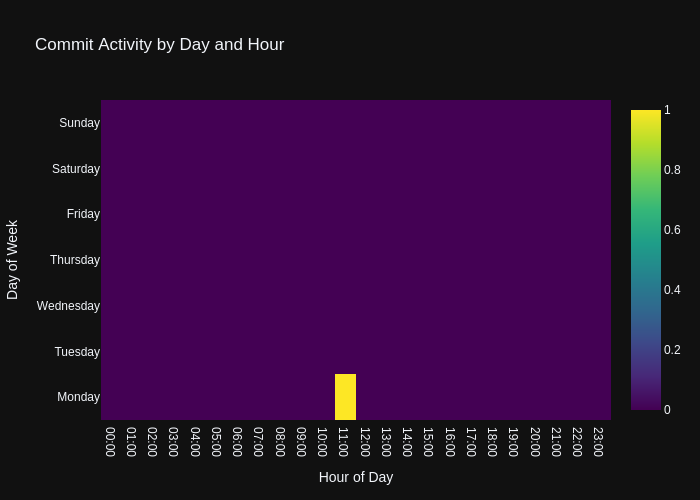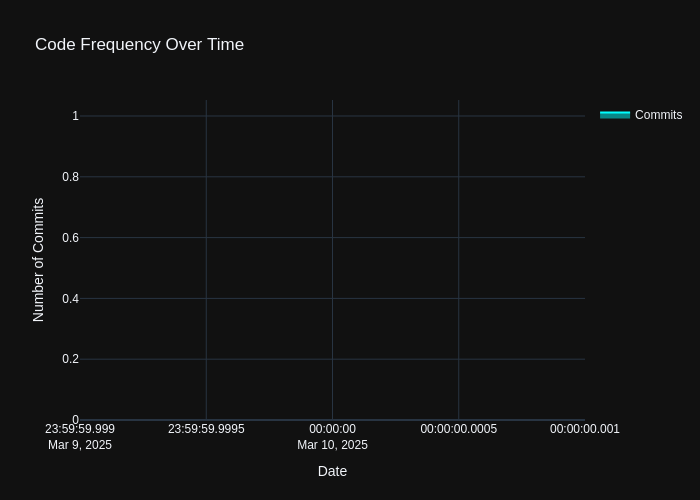Building 38 Smiles: A Developer's Journey to Crafting Charisma
Project Genesis
Unlocking the Power of a Smile: My Journey with 38 Smiles to Go
From Idea to Implementation
Journey from Concept to Code: Initial Research, Technical Decisions, and Key Insights
1. Initial Research and Planning
2. Technical Decisions and Their Rationale
-
Platform Choice: The decision to develop for both iOS and Android was driven by the need to reach a broader audience. Cross-platform development frameworks like React Native were considered for their ability to streamline the development process and reduce time-to-market.
-
AI Integration: Implementing AI for real-time facial recognition and smile analysis was a cornerstone of the application. The rationale behind this decision was to provide users with immediate feedback, enhancing the learning experience. TensorFlow and OpenCV were evaluated for their capabilities in facial recognition and image processing, ultimately leading to the choice of TensorFlow due to its robust community support and extensive documentation.
-
User Data Security: Given the sensitive nature of user data, particularly facial images, a strong emphasis was placed on security. The decision to implement end-to-end encryption for user data storage and compliance with privacy regulations (such as GDPR) was made to build trust with users and ensure data protection.
3. Alternative Approaches Considered
-
Gamification vs. Traditional Learning: While gamification was initially proposed as a way to engage users, feedback from potential users indicated a preference for a more structured learning approach. This led to the decision to focus on a systematic training program that included detailed explanations and practice steps for each type of smile.
-
Community Features: The idea of a fully-fledged social network within the app was considered but ultimately deemed too ambitious for the initial launch. Instead, a simplified community interaction feature was implemented, allowing users to share progress and tips without overwhelming them with complex social networking functionalities.
-
Subscription Model: Various monetization strategies were explored, including one-time purchases and freemium models. However, the subscription model was chosen for its potential to provide ongoing revenue and allow for continuous content updates and feature enhancements.
4. Key Insights That Shaped the Project
-
User-Centric Design: The importance of user feedback was underscored during the initial research phase. Continuous user testing and feedback loops were established to ensure that the application met user needs and expectations, leading to iterative improvements in the user interface and experience.
-
The Power of Non-Verbal Communication: Research revealed that users often underestimate the impact of non-verbal cues, particularly smiles, on social interactions. This insight reinforced the application’s mission to educate users on the significance of different types of smiles and how they can influence perceptions in various contexts.
-
Community as a Learning Tool: The realization that users benefit from shared experiences and peer support led to the integration of community features. This not only fostered a sense of belonging but also encouraged users to engage more deeply with the content and each other.
Under the Hood
Technical Deep-Dive: 38种笑容训练应用
1. Architecture Decisions
a. Client-Server Architecture
- Client-Side (Mobile App): Built using a cross-platform framework (e.g., React Native or Flutter) to ensure compatibility with both iOS and Android devices.
- Server-Side (Backend): A RESTful API built using Node.js and Express.js, which handles requests from the mobile app and communicates with the database and AI services.
b. Microservices
- The application employs a microservices architecture for different functionalities:
- User Management Service: Handles user registration, login, and profile management.
- Smile Training Service: Manages the training content, including the 38 types of smiles and associated exercises.
- AI Analysis Service: Responsible for real-time facial recognition and smile analysis using machine learning models.
- Community Service: Manages user interactions, posts, and comments.
c. Database
- A NoSQL database (e.g., MongoDB) is used for storing user data, training progress, and community interactions due to its flexibility in handling unstructured data.
2. Key Technologies Used
a. Frontend Technologies
- React Native: For building a cross-platform mobile application with a native look and feel.
- Redux: For state management, ensuring a predictable state container for the application.
- TensorFlow.js: For running AI models directly in the app for real-time smile analysis.
b. Backend Technologies
- Node.js: For building the server-side application, allowing for asynchronous processing and scalability.
- Express.js: A web application framework for Node.js, simplifying the creation of RESTful APIs.
- MongoDB: A NoSQL database for storing user profiles, training data, and community interactions.
c. AI Technologies
- OpenCV: For image processing and facial recognition tasks.
- TensorFlow: For training and deploying machine learning models for smile analysis.
3. Interesting Implementation Details
a. Real-Time Smile Analysis
const cv = require('opencv4nodejs');
// Capture video from the camera
const wCap = new cv.VideoCapture(0);
const classifier = new cv.CascadeClassifier(cv.HAAR_FRONTALFACE_ALT2);
setInterval(() => {
const frame = wCap.read();
const grayFrame = frame.bgrToGray();
const faces = classifier.detectMultiScale(grayFrame).objects;
if (faces.length) {
// Process detected faces for smile analysis
faces.forEach(face => {
const smile = analyzeSmile(frame.getRegion(face));
// Send smile data to the client
});
}
}, 100);b. User Progress Tracking
// Example of saving user progress
const saveUserProgress = async (userId, smileType, score) => {
await UserProgress.updateOne(
{ userId: userId },
{ $push: { progress: { smileType: smileType, score: score, date: new Date() } } },
{ upsert: true }
);
};c. Community Interaction
// API endpoint for creating a new post
app.post('/api/community/posts', async (req, res) => {
const { userId, content } = req.body;
const newPost = new Post({ userId, content, createdAt: new Date() });
await newPost.save();
res.status(201).send(newPost);
});4. Technical Challenges Overcome
a. Real-Time Performance
b. Cross-Platform Compatibility
c. User Data Privacy
Lessons from the Trenches
1. Key Technical Lessons Learned
- AI Integration: Implementing real-time facial recognition and analysis required a deep understanding of machine learning algorithms. We learned the importance of training the AI model with diverse datasets to improve accuracy across different demographics and lighting conditions.
- User Data Management: Ensuring user data privacy and security was paramount. We discovered the necessity of robust encryption methods and compliance with data protection regulations, which added complexity to our backend development.
- Cross-Platform Compatibility: Developing for both iOS and Android highlighted the challenges of maintaining a consistent user experience across different platforms. We learned to leverage responsive design principles and cross-platform frameworks effectively.
2. What Worked Well
- User Engagement: The gamification elements, such as the achievement badge system, significantly increased user engagement. Users were motivated to practice more frequently to unlock badges and share their progress within the community.
- Community Features: The community interaction features fostered a supportive environment where users could share experiences and tips. This not only enhanced user retention but also created a sense of belonging among users.
- Personalized Training Plans: The initial assessment and personalized training recommendations were well-received. Users appreciated the tailored approach, which made the training feel more relevant and effective.
3. What You’d Do Differently
- Iterative User Testing: While we conducted initial user testing, we would have benefited from more iterative testing phases throughout the development process. Gathering continuous feedback could have helped us identify usability issues earlier and refine the user interface more effectively.
- Marketing Strategy: We underestimated the importance of a robust pre-launch marketing strategy. In hindsight, building anticipation through social media teasers and influencer partnerships before the launch could have significantly boosted our initial user acquisition.
- Feature Prioritization: Some features, like advanced community moderation tools, were deprioritized in favor of core functionalities. In future projects, we would allocate resources to ensure that community management tools are developed alongside user-facing features to maintain content quality.
4. Advice for Others
- Focus on User-Centric Design: Always prioritize user experience in your design process. Conduct user interviews and usability tests to understand their needs and pain points. This will guide your feature development and improve overall satisfaction.
- Invest in AI Training: If your application relies on AI, invest time in training your models with diverse datasets. This will enhance the accuracy and reliability of your AI features, leading to better user experiences.
- Build a Community Early: Start building a community around your product even before launch. Engage potential users through social media, forums, or beta testing groups. This not only helps in gathering feedback but also creates a loyal user base that feels invested in your product.
- Plan for Scalability: As your user base grows, ensure that your infrastructure can handle increased loads. Plan for scalability from the beginning to avoid performance issues down the line.
What’s Next?
Conclusion: Looking Ahead for 38 Smiles to Go
Project Development Analytics
timeline gant

Commit Activity Heatmap
Contributor Network

Commit Activity Patterns

Code Frequency

- Repository URL: https://github.com/wanghaisheng/38-smiles-to-go
- Stars: 0
- Forks: 0
编辑整理: Heisenberg 更新日期:2025 年 3 月 17 日